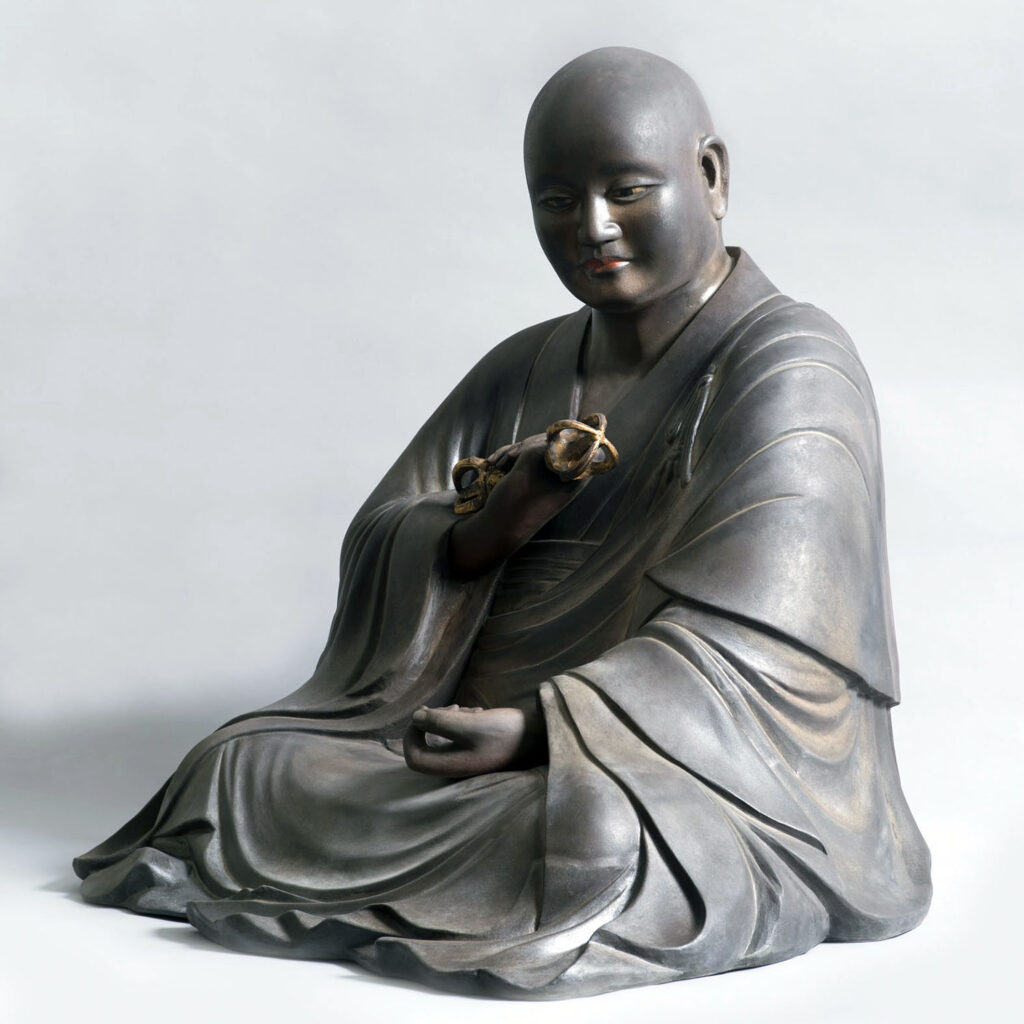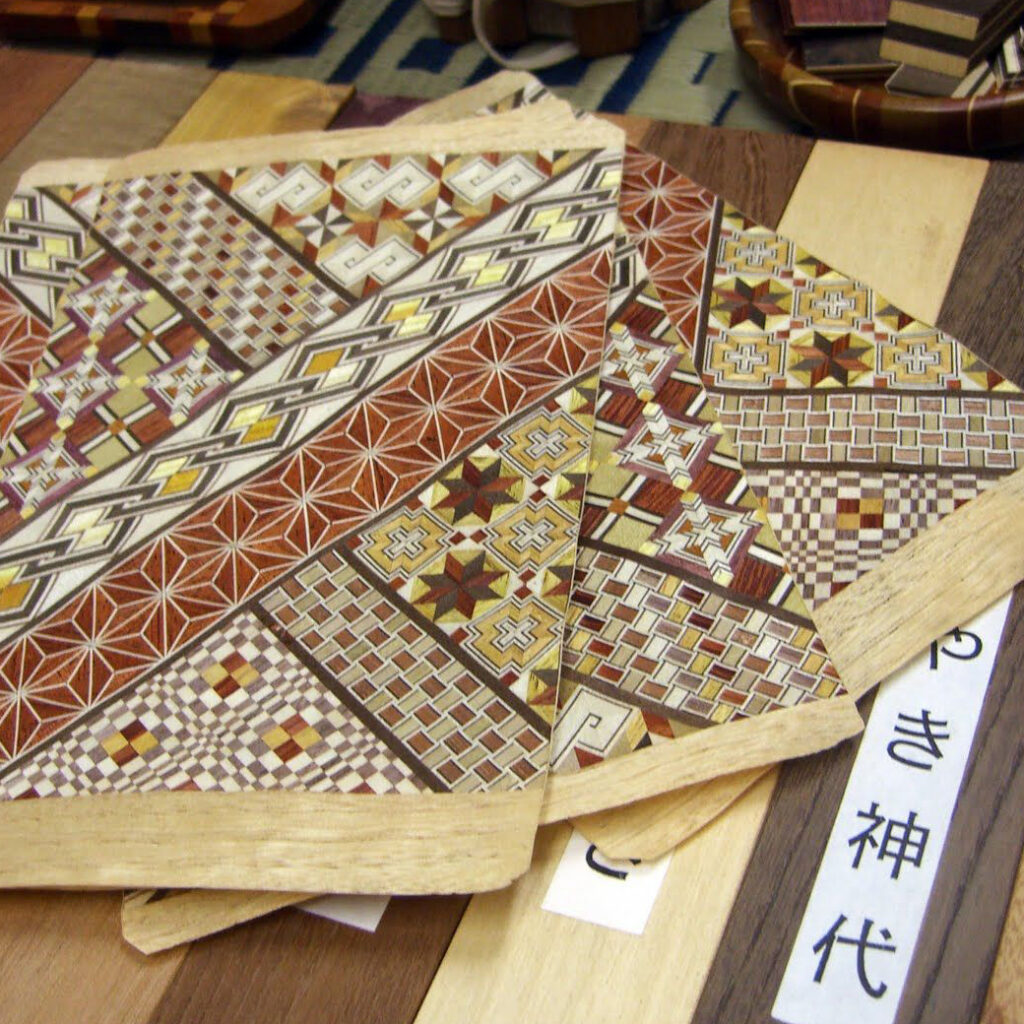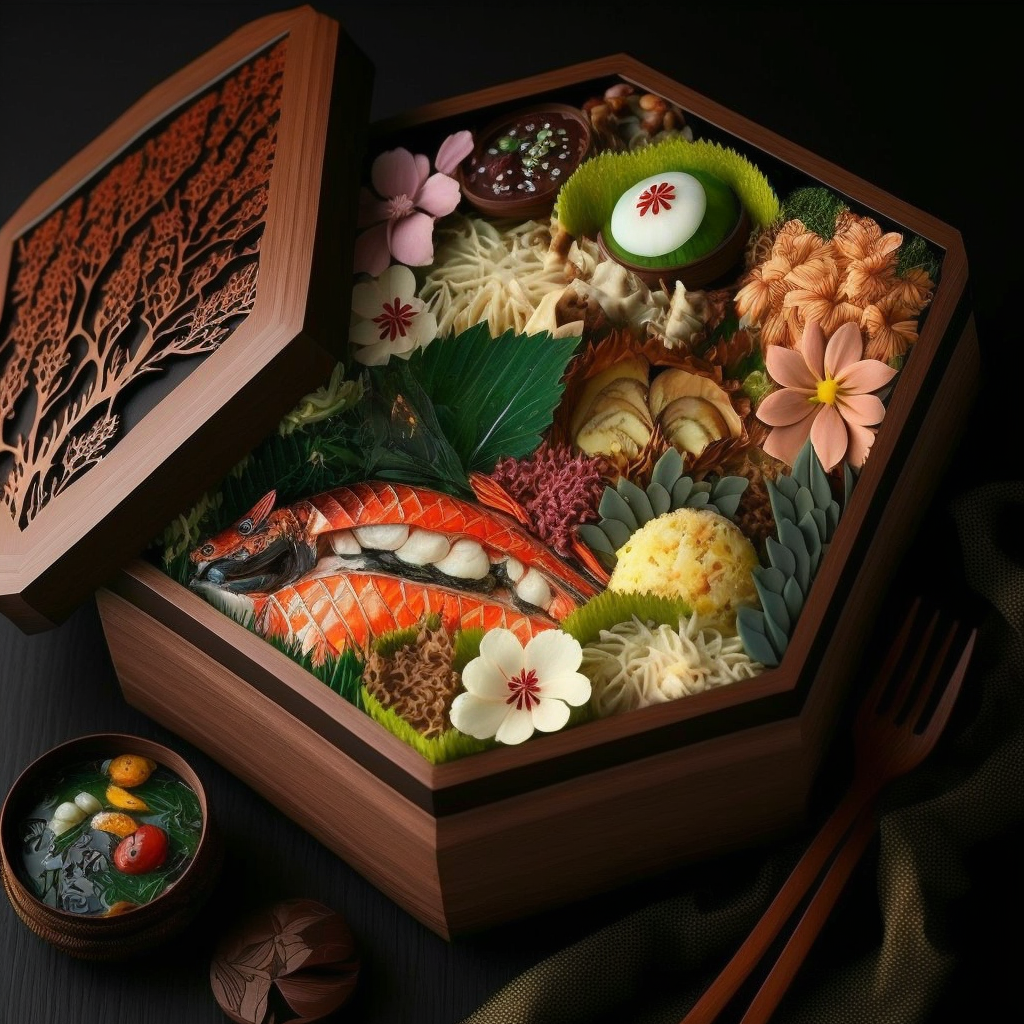Kūkai, also known as Kōbō-Daishi, was a 9th century Japanese Buddhist monk. He is best known for founding the Shingon school, a branch of Vajrayāna Buddhism that combines elements of Buddhist philosophy with tantric practices imported from China and India.
Born in 774 in the village of Byōbuga-ura on the island of Shikoku became a monk at the age of fifteen and studied Buddhism in Nara, the capital of Japan at the time. He then traveled to China to study Buddhist philosophy and tantric practices under renowned Chinese masters.
Upon his return to Japan in 806, Kūkai founded the Shingon school based on his studies in China. He built Kongobuji Temple on Mount Koya, which became the headquarters of the Shingon school and remains an important pilgrimage site today.
The Shingon school quickly gained popularity and influence, and Kūkai became a revered figure in Japanese religious history. He is known for helping to spread Buddhist teaching in Japan, as well as for his contributions to literature, poetry and calligraphy.
Kūkai is also credited with introducing the concept of the mandala into the Japanese Buddhist tradition, as well as tantric practices such as mantra and visualization. The teachings of the Shingon school have been passed down from generation to generation since the school’s founding, and remain an important part of Japanese Buddhism today.



